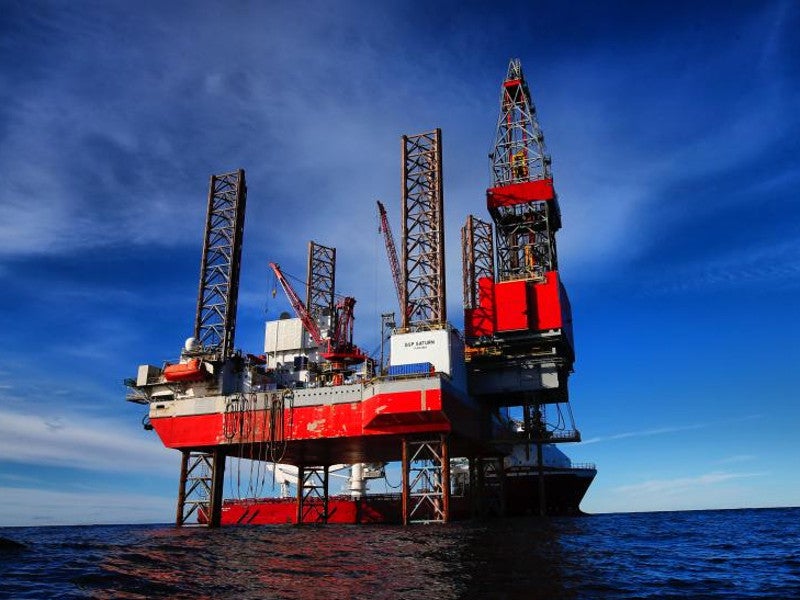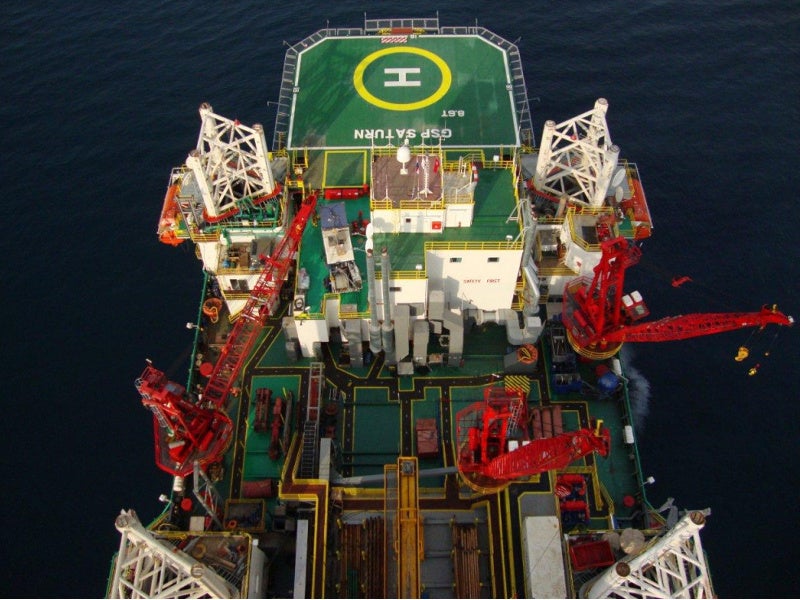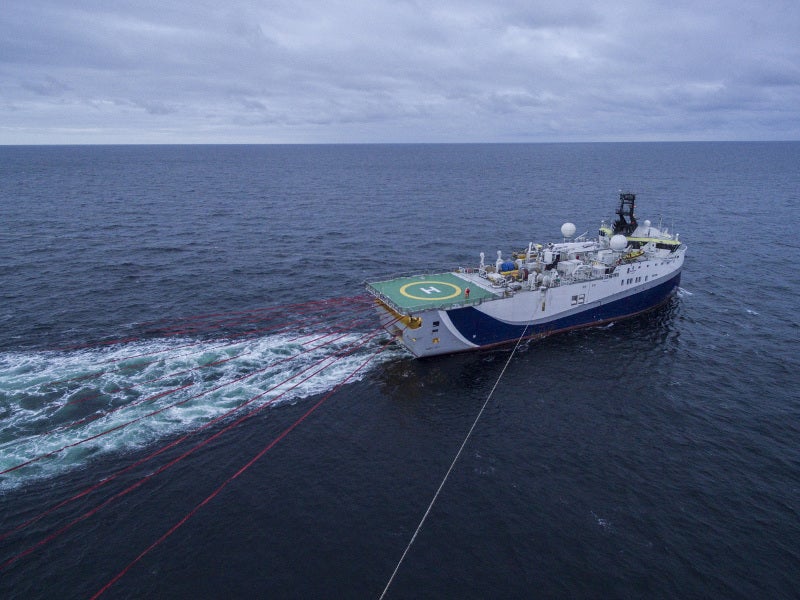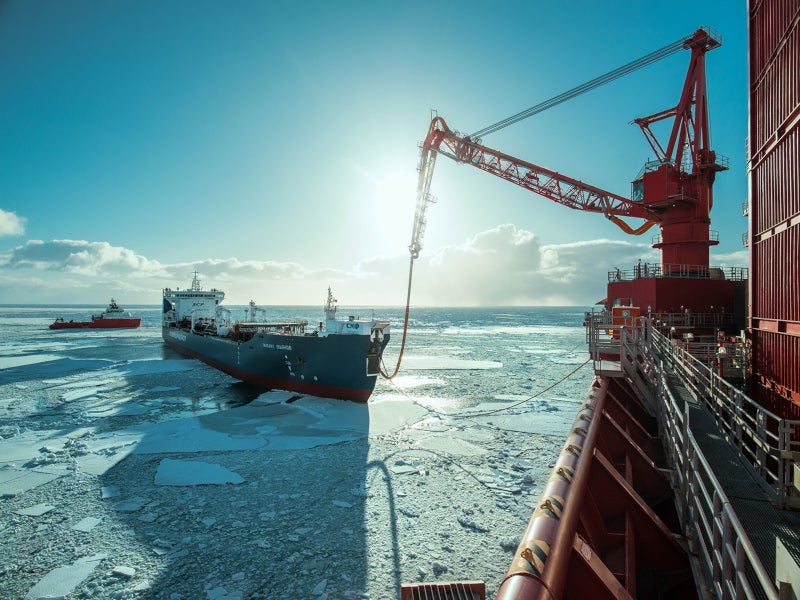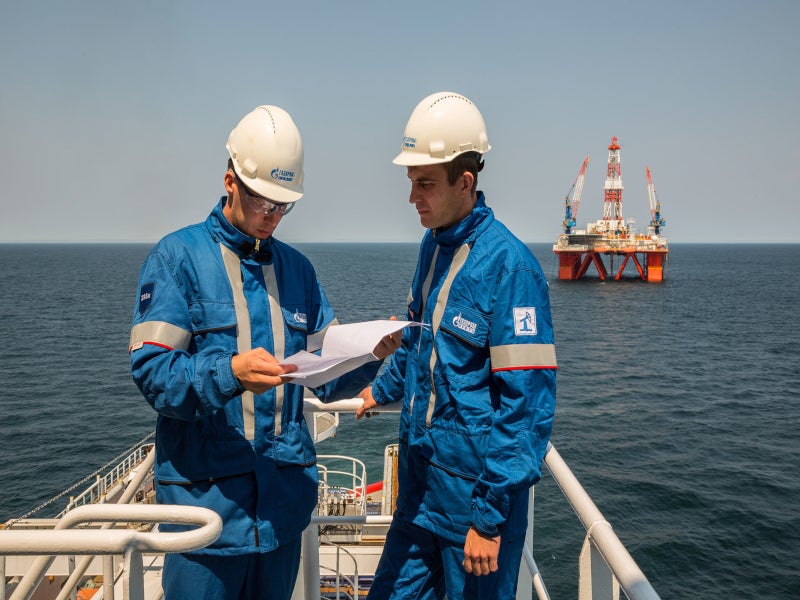Understand the impact of the Ukraine conflict from a cross-sector perspective with the Global Data Executive Briefing: Ukraine Conflict
The Dolginskoye oil field is located on the shelf of the Pechora Sea, 80km to 110km of the coast of Russia. It is being developed by Gazpromneft-Sakhalin, a wholly-owned subsidiary of Russia-based oil producer Gazprom Neft.
Testing of the exploratory well and drilling activities at the field was completed in 2014, while 3D seismic exploration works were completed in December 2017. The commissioning of the oil field was initially expected in 2019 but was postponed by Gazprom to 2031 to reconfigure the field’s geological model.
Dolginskoye oil field location, discovery and reserves
The Dolginskoye oil field lies roughly 120km south of Novaya Zemlya and is located in water depths between 40m and 55m. It is classified as an oil and gas condensate field, capable of producing gas from P1-C3.
The field was discovered in 1999 and is estimated to contain recoverable reserves of more than 200 million tonnes of oil equivalent (Mtoe).
Details of seismic studies conducted at Dolginskoye
More than 11,000 linear kilometres of 2D seismic surveys were conducted at the field, in addition to 1,600km² of 3D seismic surveys. Gazpromneft-Sakhalin completed more than 5,000km² of investigations as part of the 3D seismic works at the Pechora Sea.
The company used ICE-1A, a modern research vessel of the highest ice class, for collecting detailed and high-quality seismic data.
Pre-development activities at Dolginskoye oil field
Feasibility studies of the Dolginskoye oil field were completed in 2011 while approvals for project development were issued by the Central Commission for Subsoil Resource Use and Licensing Management in June 2012.
In the same year, JSC Gazprom and Gazpromneft Sakhalin reached an agreement to develop and operate the oil field.
Federal Subsoil Resources granted Gazprom Neft-Sakhalin the licence to hold sub-soil at the Dolginskoye field in September 2013.
Gazprom Neft and Petrovietnam agreed to jointly explore and develop projects located in the Pechora Sea shelf, including the Dolginskoye field, in April 2015.
Exploratory activities at Dolginskoye oil field
Preparatory work for the drilling of exploration wells was undertaken between 2014 and 2015. Two exploratory wells were drilled at the Severo-Dolginskaya site and one at the Yuzhno-Dolginskaya site prior to 2014.
Project documentation for drilling of the fourth exploration well was approved in 2014 following public consultations. The fourth well was drilled by the GSP Saturn rig in August 2014 to a depth of 3,500m in the northern part of the Dolginskoye field.
Core sampling, drill cuttings sampling, vertical seismic profiling and testing of four different field strata were conducted as part of the geophysical investigations carried out for drilling the well. The next well at the Dolginskoye oil field will be drilled in 2023.
Drilling infrastructure details
GSP Jupiter drilling rig was used for conducting drilling activities at the third Severo-Dolginskaya well. The rig is equipped with advanced drilling equipment and process control systems.
The Saturn jack-up rig was placed at the field in June 2014, which was carried by an Ice Class B vessel to the location. The rig is equipped with a special unit (filter device) to prevent any harm to the marine organisms during the transport and operation of the platform.
An automated verticality control system, which is a rotary steerable system, was used to optimise drilling time and reduce environmental disturbances. Logging-while-drilling sensors provided continuous, real-time control during operation.
In addition to the Saturn rig, four purpose-built vessels were used to conduct ancillary drilling operations. The vessels are the Ice Class model, featuring a DP-2 dynamic positioning system, which facilitated the rig to maintain a fixed position for loading in extreme weather conditions.
Contractors involved
Gazprom Neft awarded a contract to Grup Servicii Petroliere (GSP) for the supply of the GSP Jupiter jack-up drilling rig in March 2013 while GSP’s Saturn drill rig was engaged in December 2013 for drilling the fourth well.
OJSC SPA Burovaya technika provided design services for the exploratory well.

